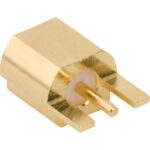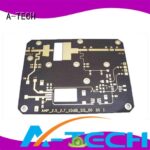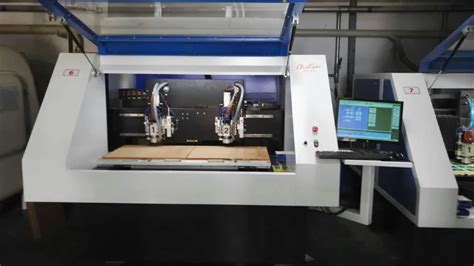
ALL ABOUT FLEX PCB
-
Speed control for PCB drill
Posted by
–
 Read more: Speed control for PCB drill
Read more: Speed control for PCB drillIntroduction to PCB drilling and the Need for Speed Control Printed Circuit Boards (PCBs) are essential components in modern electronics. They provide a platform for mounting and interconnecting electronic components to create functional circuits. One critical aspect of PCB manufacturing is drilling holes for through-hole components, vias, and mounting purposes. […]
-
What are through holes on a PCB?
Posted by
–
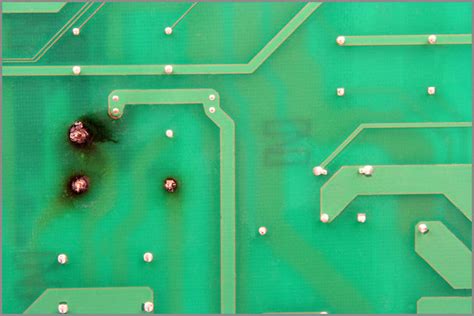 Read more: What are through holes on a PCB?
Read more: What are through holes on a PCB?Introduction to PCB Through-Holes Printed Circuit Boards (PCBs) are essential components in modern electronics, providing a platform for interconnecting various electronic components. One of the key features of PCBs is the presence of through holes, which play a vital role in the assembly and functionality of electronic devices. In this […]
-
Multilayer Standard Builds
Posted by
–
 Read more: Multilayer Standard Builds
Read more: Multilayer Standard BuildsWhat are Multilayer Standard Builds? Multilayer standard builds, also known as StandardBuilds, refer to a construction methodology that involves the use of pre-designed, standardized building components and systems. These components are carefully engineered to work seamlessly together, allowing for the creation of highly efficient and cost-effective structures. By leveraging the […]
-
Technical Terms and Abbreviations
Posted by
–
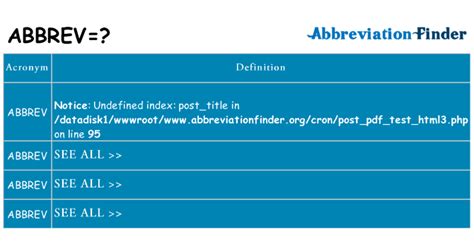 Read more: Technical Terms and Abbreviations
Read more: Technical Terms and AbbreviationsWhat are Technical Terms? Technical terms are words or phrases that have a specific meaning within a particular field or industry. In the context of technology, technical terms are used to describe various concepts, processes, and tools related to computers, software, hardware, and other technological devices. Examples of Technical Terms […]
-
Assembly Manufacturing Technology
Posted by
–
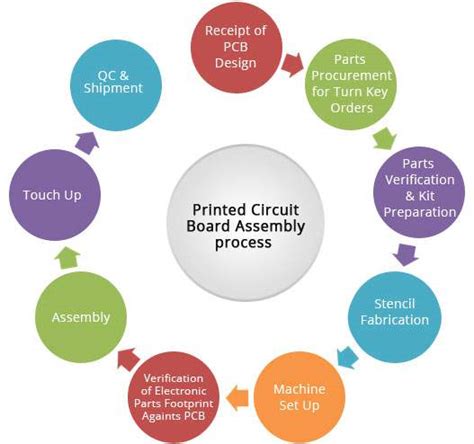 Read more: Assembly Manufacturing Technology
Read more: Assembly Manufacturing TechnologyHistory of Assembly Manufacturing The concept of assembly manufacturing dates back to the Industrial Revolution in the late 18th century. The introduction of interchangeable parts and the division of labor allowed for the mass production of goods, which revolutionized the manufacturing industry. In the early 20th century, the automotive industry […]
-
What is the Board Thickness?
Posted by
–
 Read more: What is the Board Thickness?
Read more: What is the Board Thickness?Understanding Board Thickness Definition of Board Thickness Board thickness refers to the measurement of a board’s depth or the distance between its two flat surfaces. It is typically expressed in inches or millimeters and can vary depending on the type of material and its intended use. Common Board Thicknesses Different […]
-
 Read more: What is an HDI PCB? Its Structure and Manufacturing
Read more: What is an HDI PCB? Its Structure and ManufacturingIntroduction to HDI PCBs High Density Interconnect (HDI) Printed Circuit Boards (PCBs) are advanced circuit boards that offer higher component density and improved electrical performance compared to traditional PCBs. HDI PCBs are characterized by their fine line widths, small via sizes, and high layer counts, enabling the miniaturization of electronic […]
-
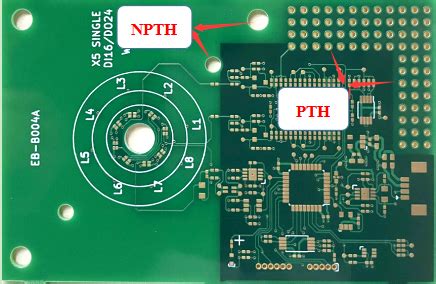 Read more: 8 Types of PCB vias – A Complete Guide of PCB Vias
Read more: 8 Types of PCB vias – A Complete Guide of PCB ViasIntroduction to PCB Vias Printed Circuit Boards (PCBs) are essential components in modern electronics, providing a platform for interconnecting various electronic components. One crucial aspect of PCB design is the use of vias, which are conductive pathways that allow electrical signals to pass through different layers of the board. In […]
-
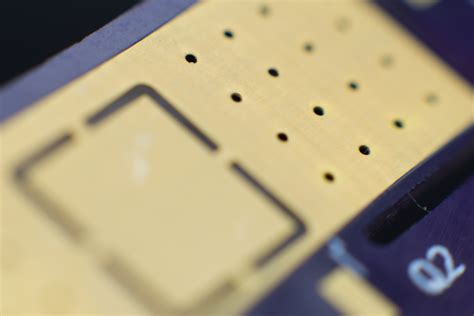 Read more: RoHS Compliant Surface Finishes – Electroless Gold over Nickel
Read more: RoHS Compliant Surface Finishes – Electroless Gold over NickelWhat is Electroless Gold-Nickel Plating? Electroless gold-nickel (Au/Ni) plating is a multi-layer metal finishing process that deposits a thin layer of gold over a nickel underlayer on a substrate material, without the use of an external electrical current. The nickel layer provides excellent corrosion resistance and acts as a diffusion […]
-
Solder Paste Something You Need to Know
Posted by
–
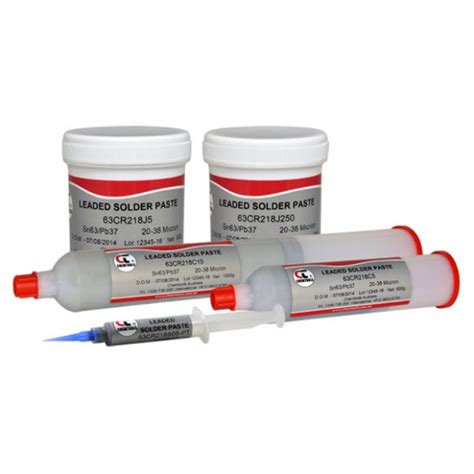 Read more: Solder Paste Something You Need to Know
Read more: Solder Paste Something You Need to KnowWhat is Solder Paste and Why is it Essential? Solder paste is a crucial component in the world of electronics manufacturing. It is a mixture of tiny solder particles suspended in a flux medium, which is applied to printed circuit boards (PCBs) before surface mount components are placed. The paste […]

